– Dr Richa Bobade
“Captured for life by chemistry and by crystals!” is the way her life was described – in her own words – by Dorothy Hodgkin!!
She was awarded 1964 Nobel Prize in chemistry for solving the most complex structure of penicillin and insulin by using X-ray crystallography. Max von Laue discovered the diffraction of X-rays by crystals and Dorothy’s research has shown the method to use these rays to solve the structures of biological and complex molecules. She is thus a pioneer in developing crystallography for biochemical compounds. Until her discovery, these macromolecules were just visualized in “theories”. Dorothy Hodgkin massed several X-ray diffraction images and did extensive calculations, and intelligent analysis to successfully determine the structure of penicillin and the structure of vitamin B12. Her work helped to revolutionize the research in this domain and help tackle diseases like diabetes, anaemia, and infections. Let’s have a look at the bioscope of this visionary benevolence.
Developing interest in the research field
Dorothy Mary Crowfoot was born in May in Cairo (Egypt) in 1910, where her father was working in the Egyptian education service. Further, he became the director of education and antiques in Sudan. After his retirement in 1923, he devoted most of his life to archaeology, working for some years as Director of the British School of Archaeology in Jerusalem and carrying out excavations on Mount Ophel, at Jerash, Bosra, and Samaria. Her mother Grace Mary Crowfoot was actively involved in Dorothy’s father’s work and became an authority in her own right on early weaving techniques.
Dorothy spent most of her childhood in England and the North African colonial settlements. In her spare time, she would assist her father in his work excavating at Jerash and drawing mosaic pavements. That is how the seeds of passion for geometrical designs and shapes were sown in the mind of then little Dorothy. At age 14, she found a shiny black mineral in the yard while visiting her parents in North Africa, and she asked a family friend, soil scientist A. F. Joseph if she could analyse it. Joseph gave her a surveyor’s box of reagents and minerals to encourage her. On her 16th birthday, her mother gave her a book on X-ray crystallography written by Sir William Henry Bragg. After reading this book, she was intrigued at the thought of being able to study the properties of atoms and molecules using x-rays. She has stated in an interview, “I have first met the subject of X-ray diffraction of crystals in the pages of the book W. H. Bragg wrote for school children in 1925, ‘Concerning the Nature of Things’”
Education
In 1921, Dorothy’s father enrolled her in Sir John Leman Grammar School in England, and she was one of two girls allowed to study chemistry. In 1928, Dorothy embarked on a degree in chemistry at Somerville College, Oxford. During her fourth year, she opted for a research project to investigate the crystal structure of dimethyl thallium halides, and this provided the launchpad for a beaming career in crystallography. As a postgraduate, Dorothy was accepted into J.D. Bernal’s lab in Cambridge, where she gained a Ph.D. in the crystallographic investigation of steroid crystals. The untangling of structures of biologically-important substances was to become her life’s work.
It was during her Ph.D., in 1934, that Dorothy first visited a consultant about pain in her hands. He observed ‘ulna deviation’ – a hand deformity caused by swelling in the knuckle joints – and prescribed rest, which Dorothy put off in order to finish some experiments. Despite of this ailment Dorothy returned to Oxford to take up a position at Somerville College. She remained in Oxford for most of her working life.
On the quest for visualizing crystals
Her research from the outset was inspired by a question she asked herself as an undergraduate. She was very much fascinated by the ingenuity of chemists who were determining molecular structure by considering the results of chemical reactions. But then she wondered… “Would it not be better if one could really ‘see’ whether molecules as complicated as the sterols or strychnine were, just as the experiment suggested?” X-ray diffraction patterns from crystals could be predicted if the position of the atoms were known. “Being able to see” molecules using x-ray diffraction depended on being able to do the inverse experiment. The process involves beaming X-rays through a crystal onto a photographic plate, which records the scatter pattern caused by the interference of electrons surrounding the atoms. This process is repeated with a variety of selected orientations. Then a series of mathematical calculations are used to relate the spots on the plates to the relative arrangement of the atoms. This inversion is not trivial and solving crystal structures requires insight and significant calculation to provide the information missing from the diffraction pattern. The almost insurmountable size of these tasks and the sheer volume of calculations turned Hodgkin into an early adopter of evolving technology like computers.
Decades of discoveries
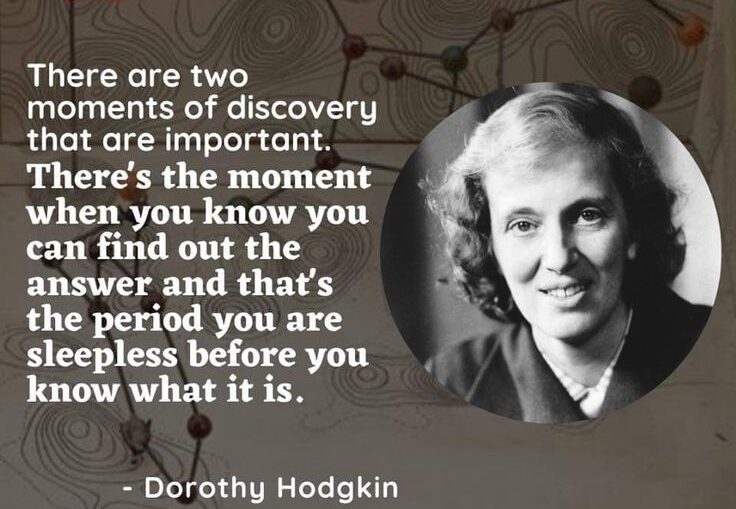
The initial target of Dorothy’s pursuit of molecular structures, was the hormone insulin. She described it as an “impossibly complex” quest and one from which she was deflected by other priorities over the years. In fact, it took more than three decades to resolve the complete structure. In 1938, aged 28, with a new baby and a blossoming research career, an infection triggered Hodgkin’s first attack of rheumatoid arthritis. “I found I had great difficulty and pain in getting up and dressing. Every joint in my body seemed to be affected.” After a few weeks of treatment at a specialist clinic, Hodgkin returned to the lab. There she found her hands had been so affected that she could no longer use the main switch of the x-ray equipment required in her experiments. Undeterred, she had a long lever made for the switch and carried on with her research.
Over the following decades, barring an acute attack requiring a break after the birth of her third child in 1946, arthritis did not appear to have held Hodgkin back. Dorothy worked with tireless concentration despite the swelling in her ankles and built up an impressive portfolio of work. This included being the first to completely determine the structure of a complex organic molecule (cholesterol) by ray crystallography. When her painful condition recurred, she took aspirin and had heat treatment on her hands. In 1941 at the outbreak of the Second World War, Dorothy was aware of the urgent and secret wartime effort to refine the use of antibiotics by determining the structure of penicillin. She succeeded to solve the structure in 1945 coinciding with the end of the Second World War. Dorothy Hodgkin was elected as a Fellow of the Royal Society in 1947. She received the Royal Medal in 1956, and the Order of Merit in 1965.
Excerpts from the Noble speech in Stockholm, December 10, 1964
Dorothy Crowfoot Hodgkin’s speech at the Nobel Banquet clearly reflects the humble nature of the Nobel Laureate. “I must admit that when I first saw the list of Nobel Laureates, sent to me for this occasion, and saw that it began with Rontgen and X-rays, and Van’t Hoff, whom I connect with ‘chemistry in space’, – whom Your Majesty will remember having seen at the beginning – I found myself suddenly thinking how very appropriate that I should be here today. But now – of course – my heart a little fails me, thinking also of all of the great names between us, and of all those on whom my work has depended, whose encouragement has brought me here today, on whose hands and on whose brains I have relied. I could hardly stand here, were it not that I am supported by the pleasure and congratulations that have come to me from all over the world. And now I must tell you, that the last night that we were in England, we were being entertained at an Arabian party in London. My hosts advised me then, telling me how one should reply in Arabic to congratulations that one receives, congratulations on some very happy event: the birth of a son, perhaps or the marriage of a daughter. And one should reply: “May this happen also to you.” And now even my imagination will hardly stretch so far that I can say this to everyone in this great hall. But at least, I think, I might say to the members of the Swedish Academy of Science: “In so far as it has not happened to you already, may this happen also to you!”
Dedication towards social cause and Peace Activist
She was also a lifelong advocate for world peace, her conviction formed in part by her mother’s loss of all four brothers in World War I. She campaigned against both the Vietnam War and nuclear weapons. She was a strong advocate of nuclear disarmament and fought for the cause as the chair of the Pugwash Conference during the period 1976 – 1988. Pugwash is a global organization that brings together scientists from around the world to discuss peaceful progress toward international security and development. She gave away most of her Nobel Prize money to causes such as funding international students studying in the U.K. and establishing day cares for children of college students and staff.
An icon for women in science
Dorothy Hodgkin was one of the few women scientists who could establish a successful career and who gained due recognition. She lived in a conservative society, but never let her life be stereotypical. The best reflection of the society then is revealed through the leading media coverage of her Noble Prize victory. The newspapers houses described her as ‘Housewife’, or ‘Mother’, even the New York Times headlines stated- “British Winner Is a Grandmother; Mrs. Hodgkin Called a Devoted Chemist — Built Lab as Child; Has Three Children. Each Working in a Different Country”!

Dorothy Hodgkin was not only transforming the scientific field but also writing a new chapter in women’s liberation by giving them a new role model. It is no wonder that she remains an icon for women scientists all over the world.
Women remain under-represented in the sciences, even many years after her Nobel Prize. It is therefore necessary for the current generation to celebrate high-profile female successes in science like Dorothy Hodgkin. The life stories of such iconic women will continue to inspire generations and become flag bearers of the science community and society in general.

(All rights reserved. This article is a joint property of Dr. Richa Bobade and S&T Digital. No part of this article may be reproduced or used in any manner without written permission. The views mentioned in the article are author’s own and does not reflect the views of S&T Digital) Picture source for first image: Corbin O’Grady Studio/Science Source

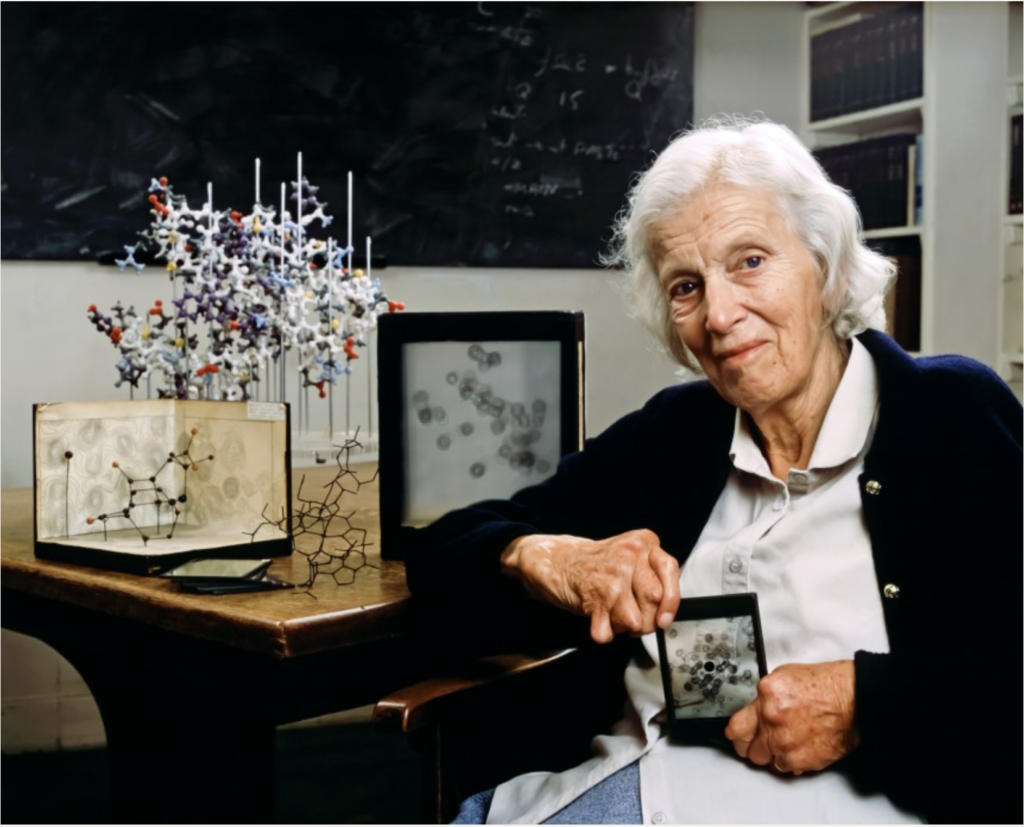

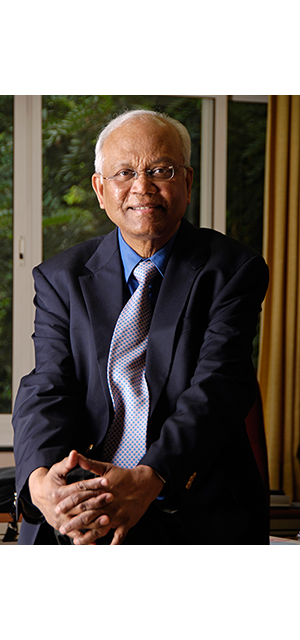
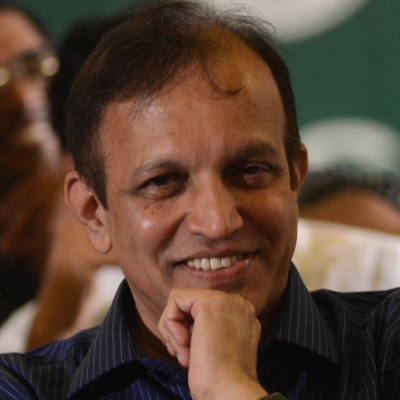
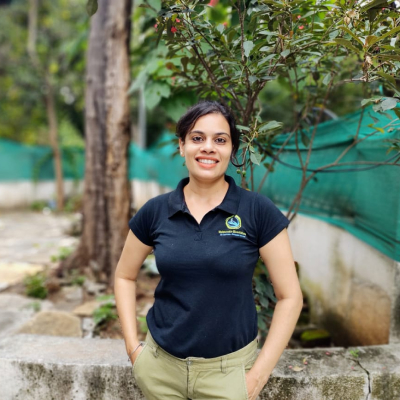
Nice Story
Incredible informative article about not very popular but great science heroes… One of the great source for science aspirants.
Highly descriptkve article, I enjoyed that bit. Will therre bbe a
part 2?